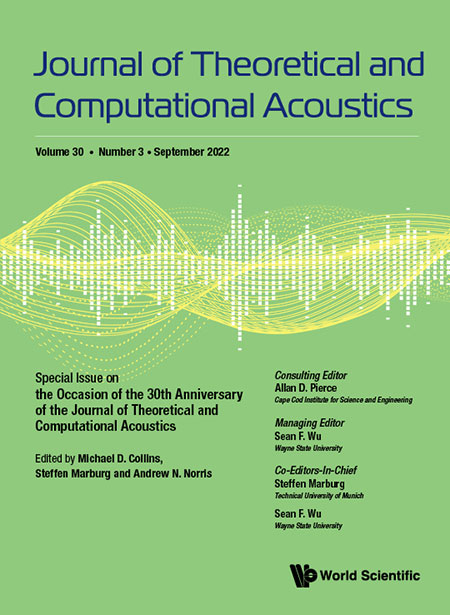Comparison of the FWI-Adjoint and Time Reversal Methods for the Identification of Elastic Scatterers
Abstract
The paper falls into the category of computational methods for inverse scattering techniques for the identification of scatterers. We consider a linear elastodynamic problem and compare two popular methods for identifying a scatterer in the domain. Finite elements are employed with each of the two methods for spatial discretization. One method considered is Full Waveform Inversion using a gradient-based optimization and the adjoint method. In the adjoint procedure for calculating the gradient, we use the variant of discretizing the unknown parameters from the outset while all other variables remain continuous. Gradient optimization is performed in the examples using a quasi-Newton method. The other method compared is the computational Time Reversal technique, which is used in combination with an augmentation procedure to enhance performance. advantages and limitations of the two methods are outlined, and their performance is compared through an example from geophysics.


